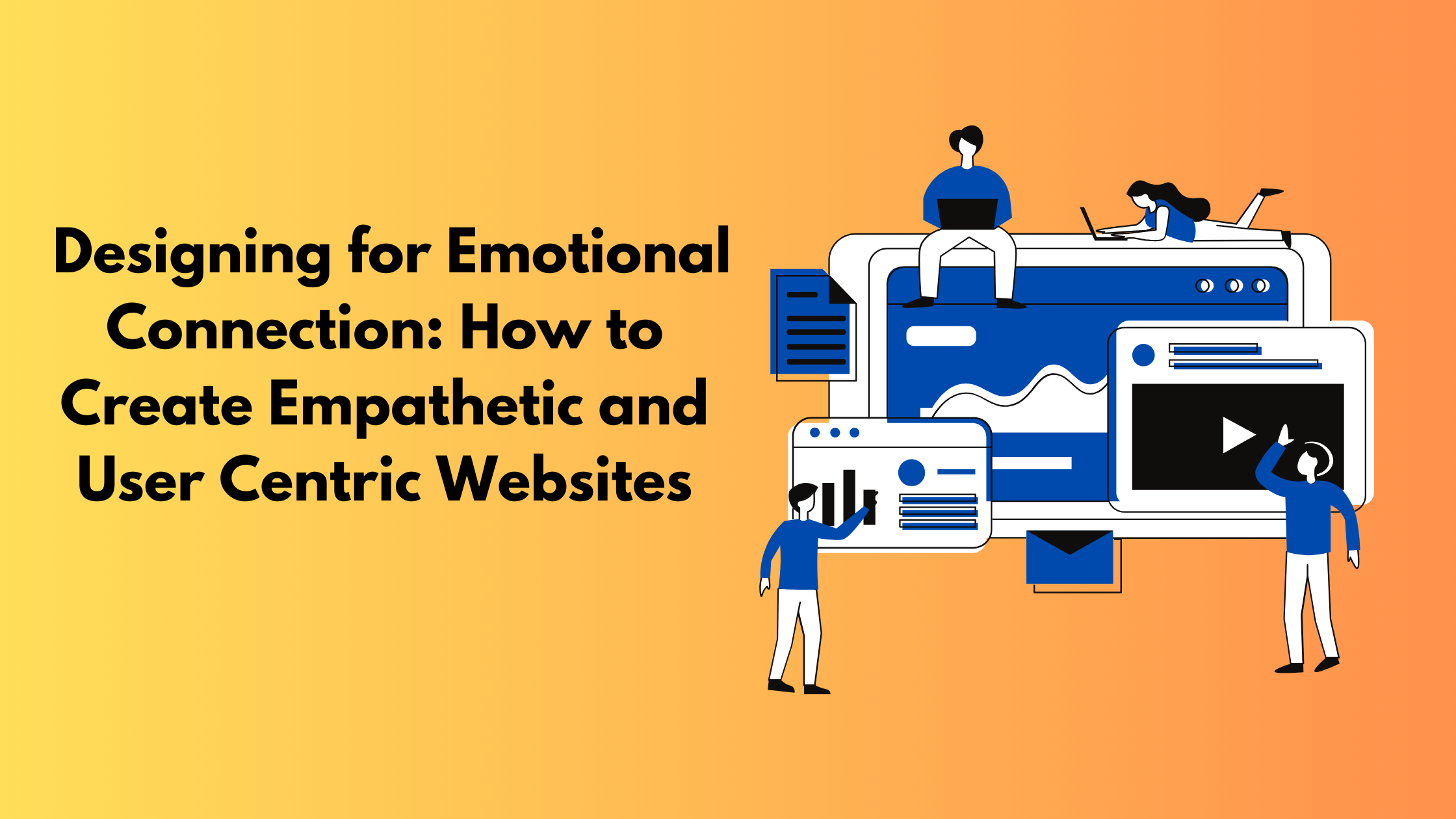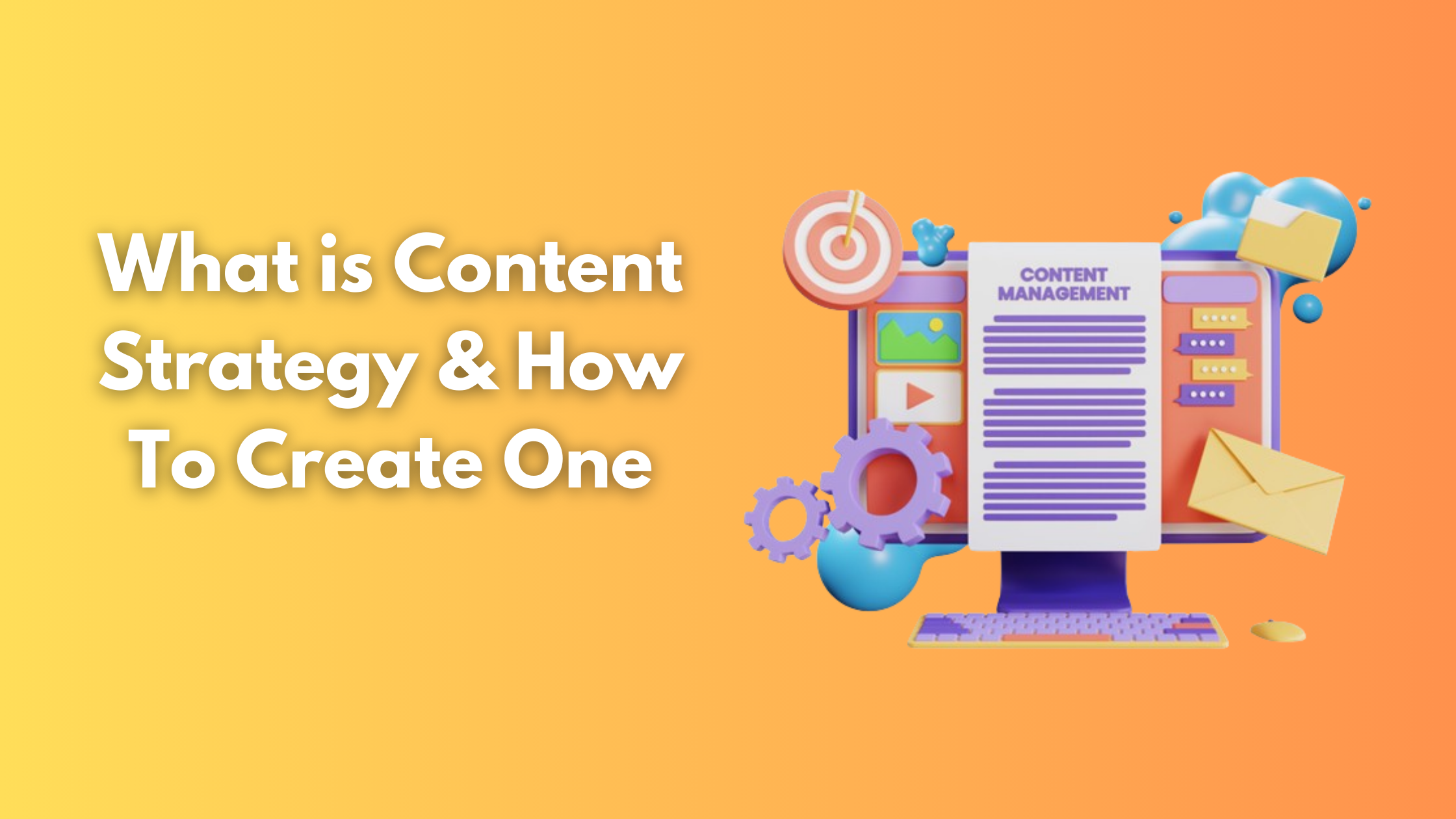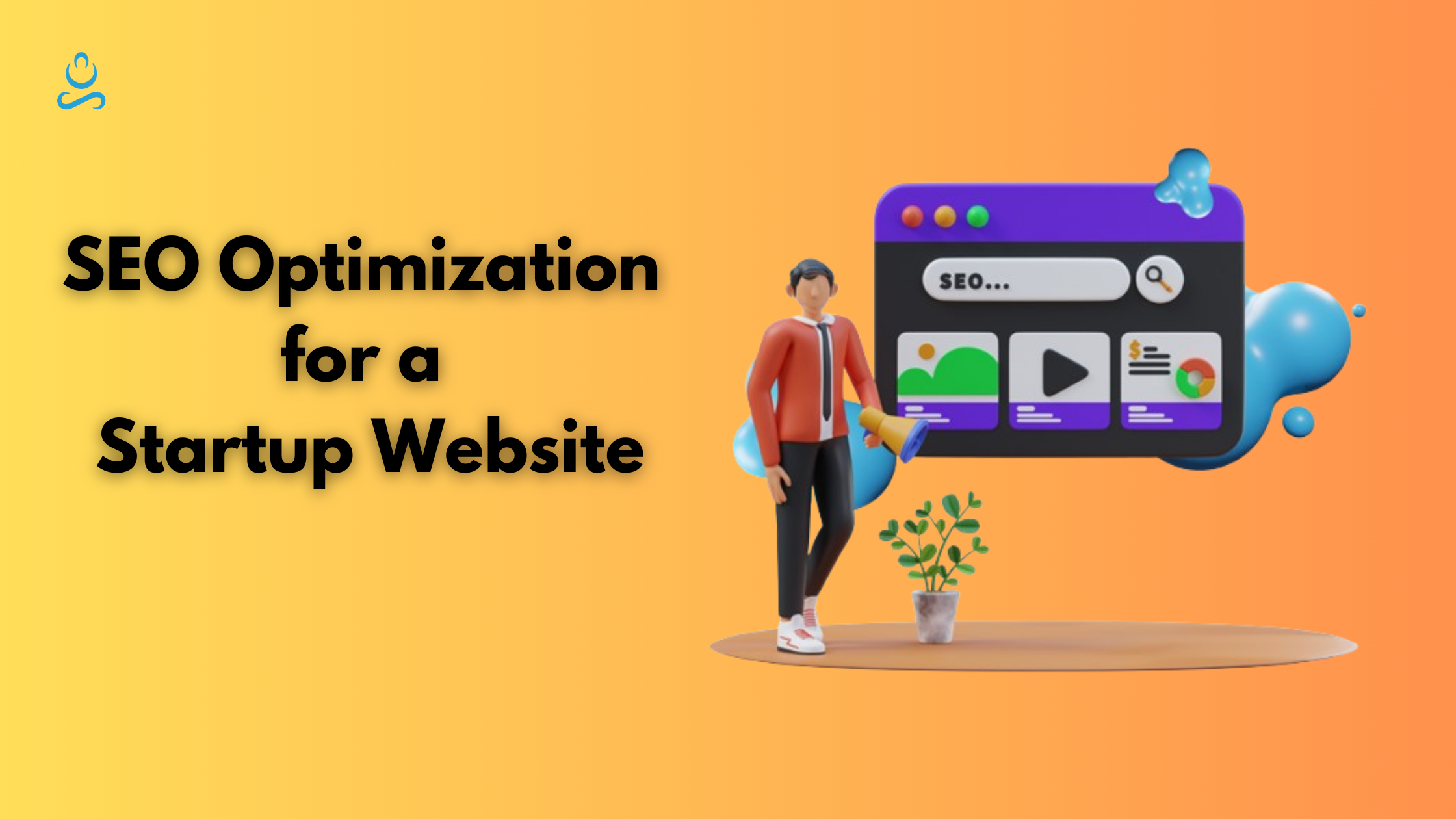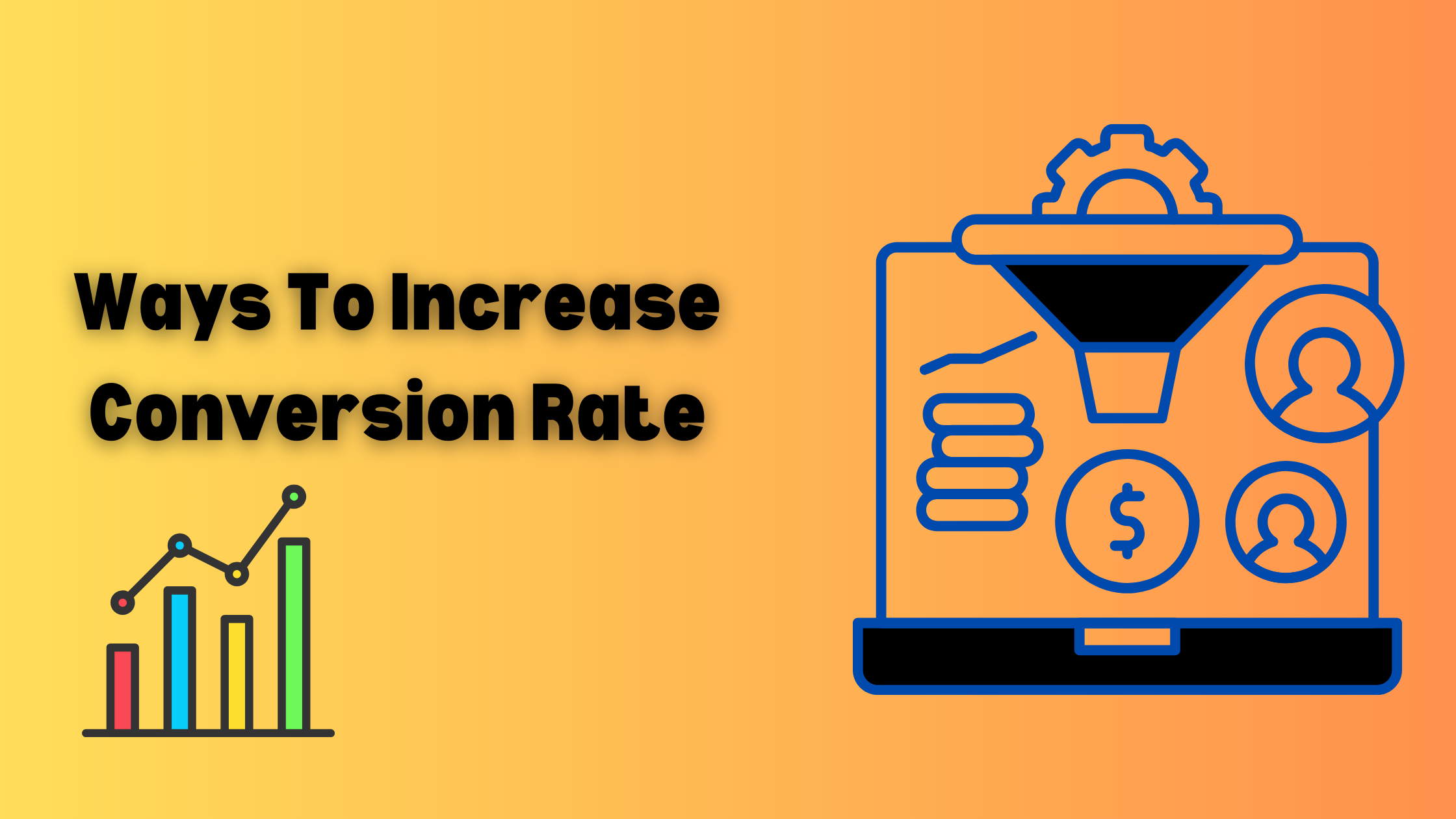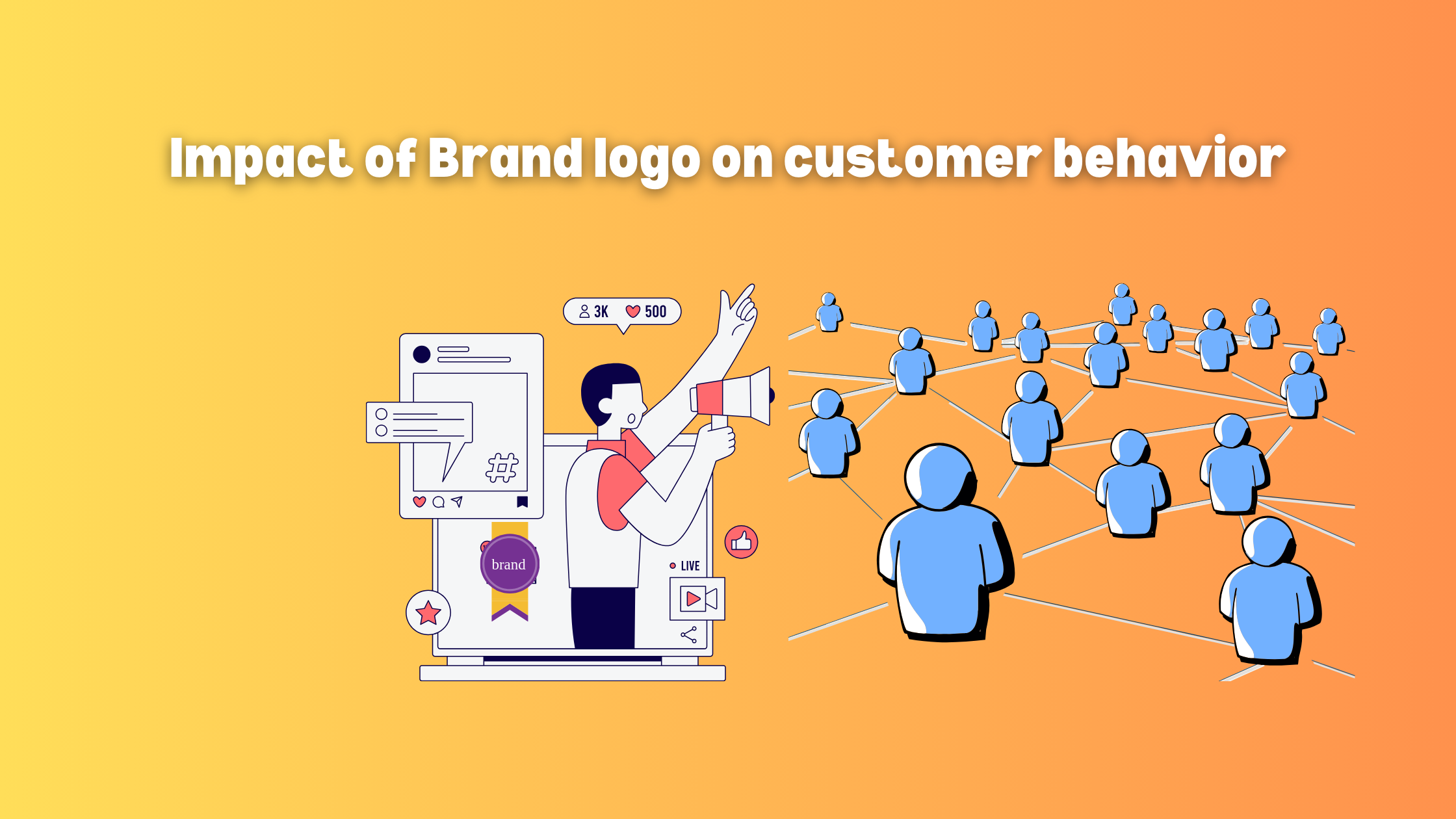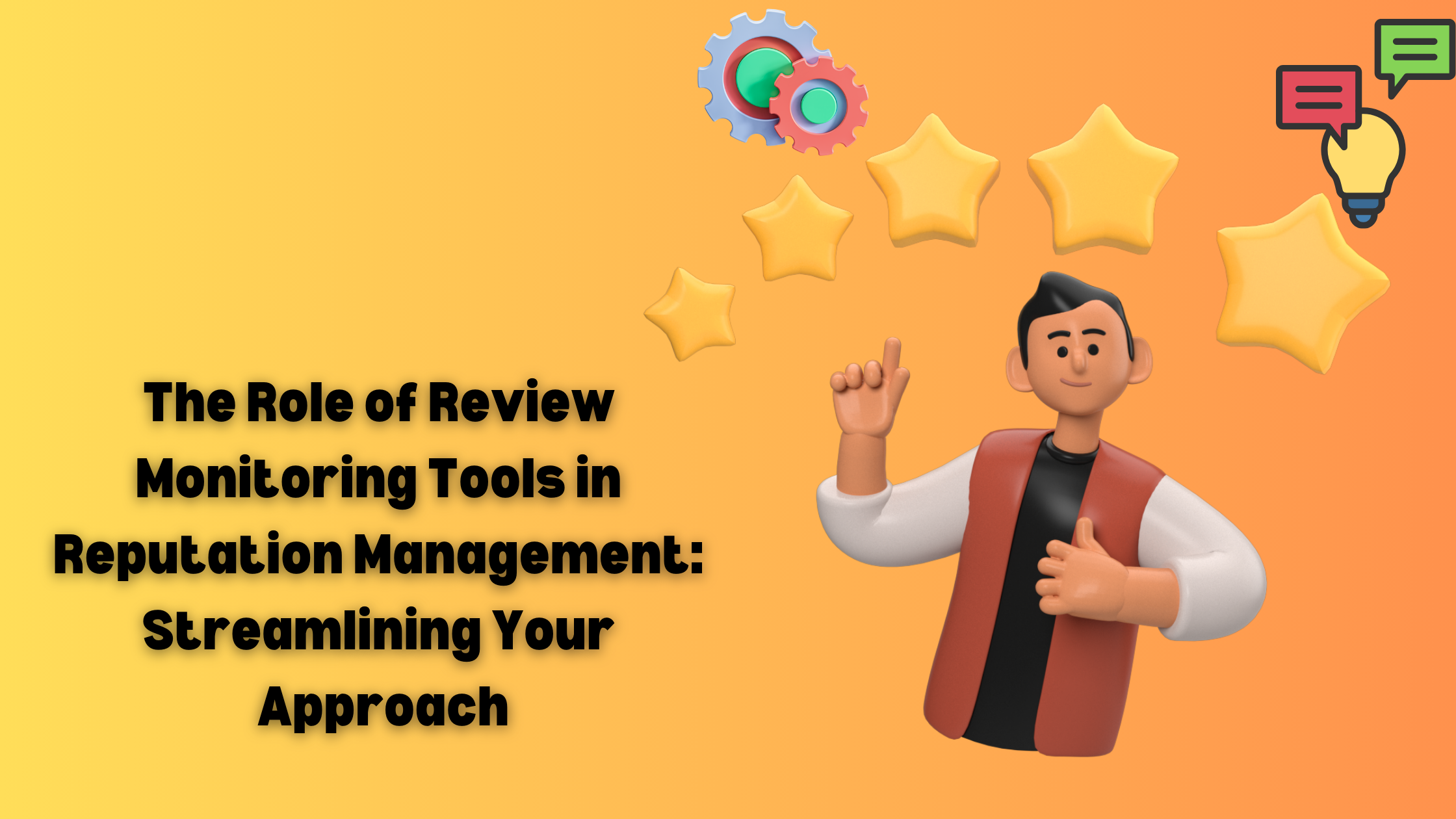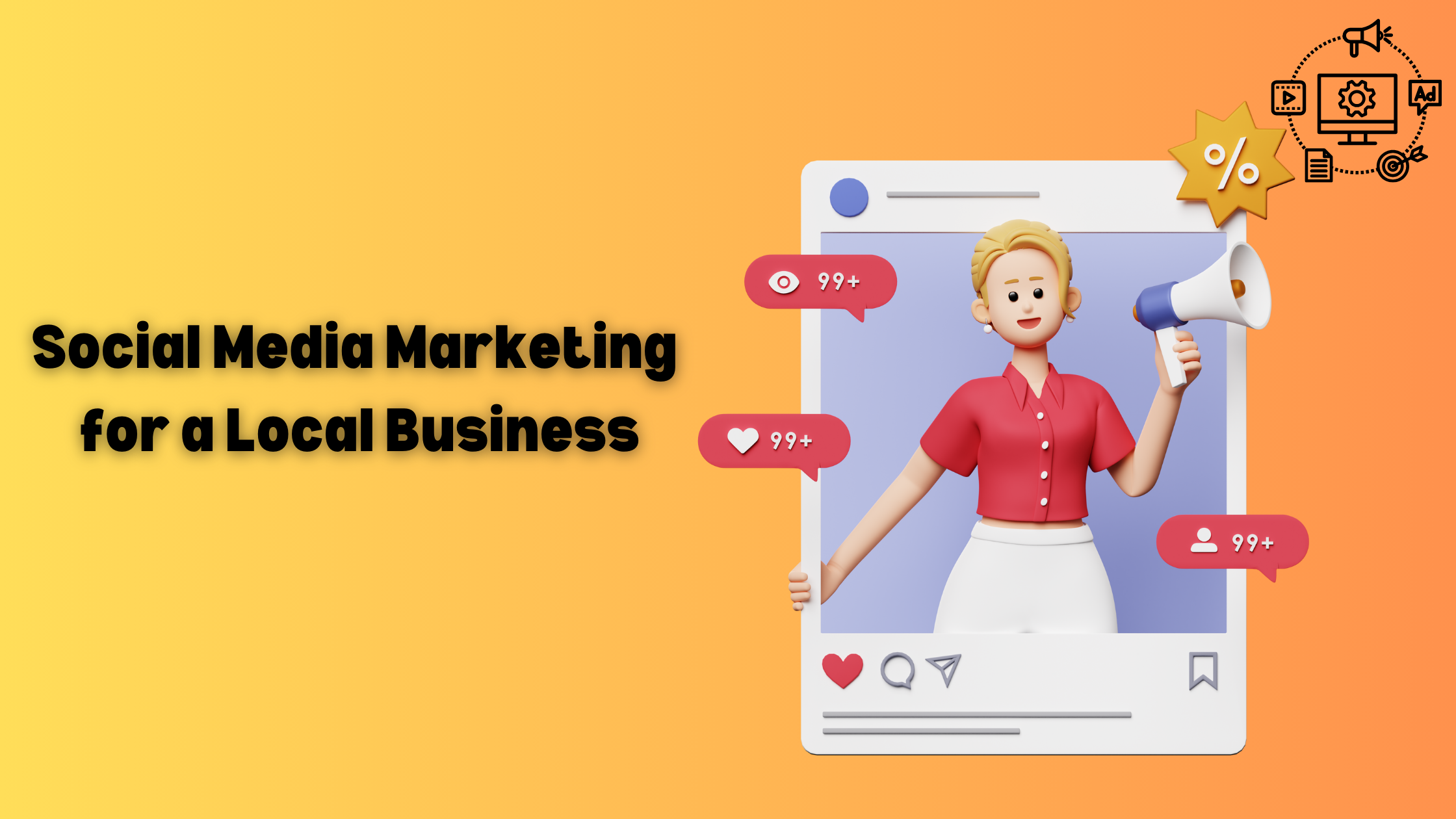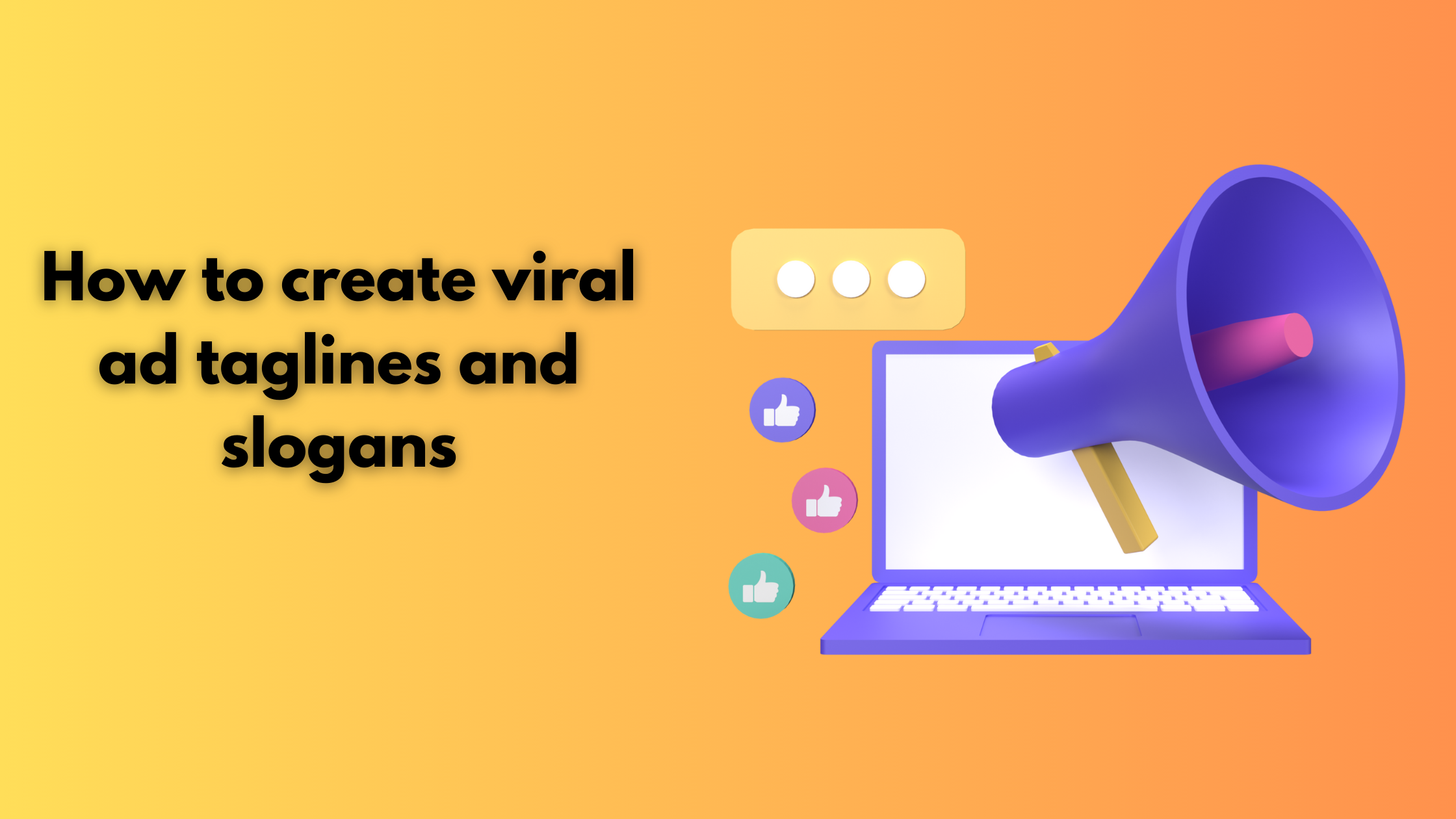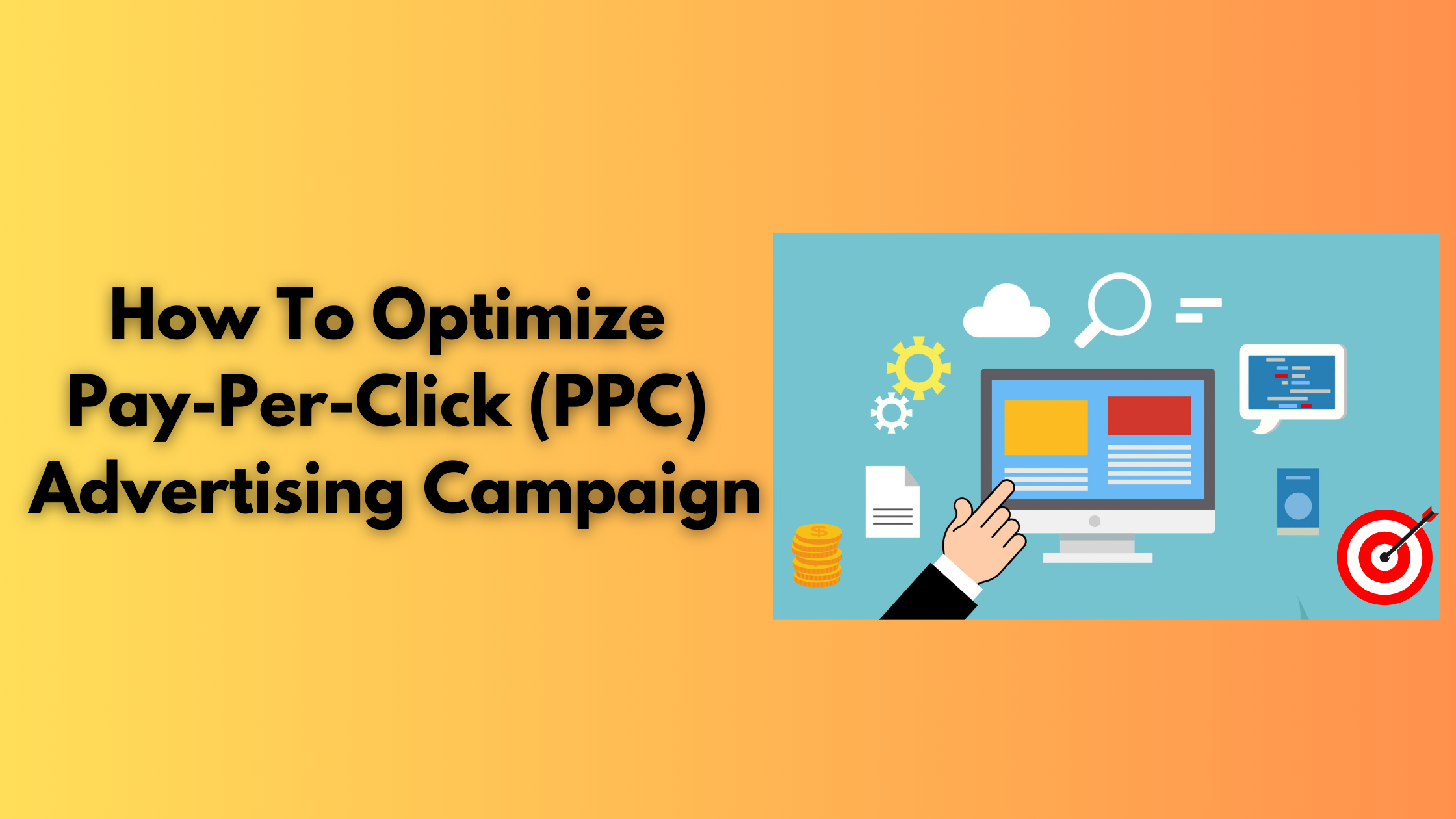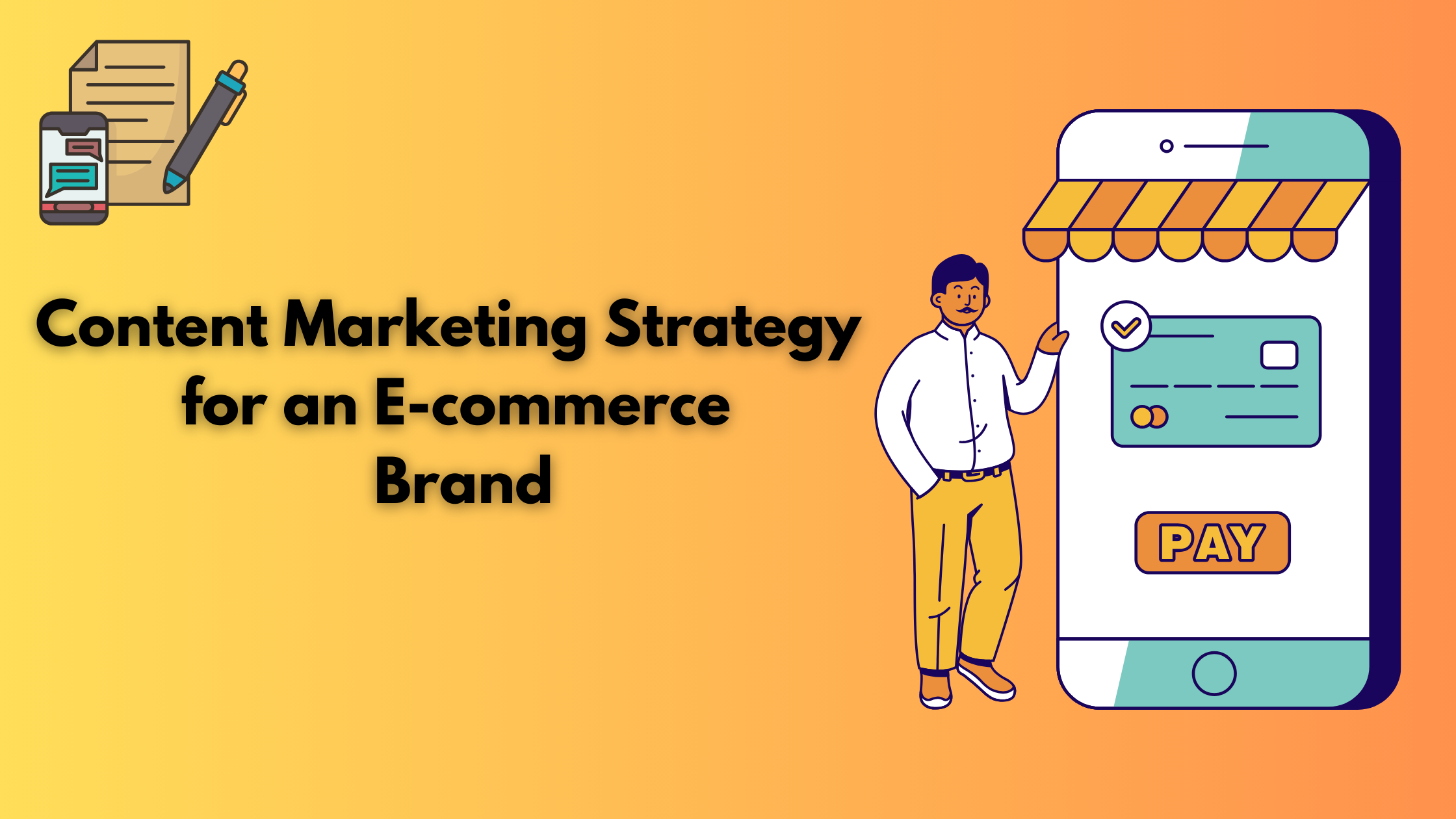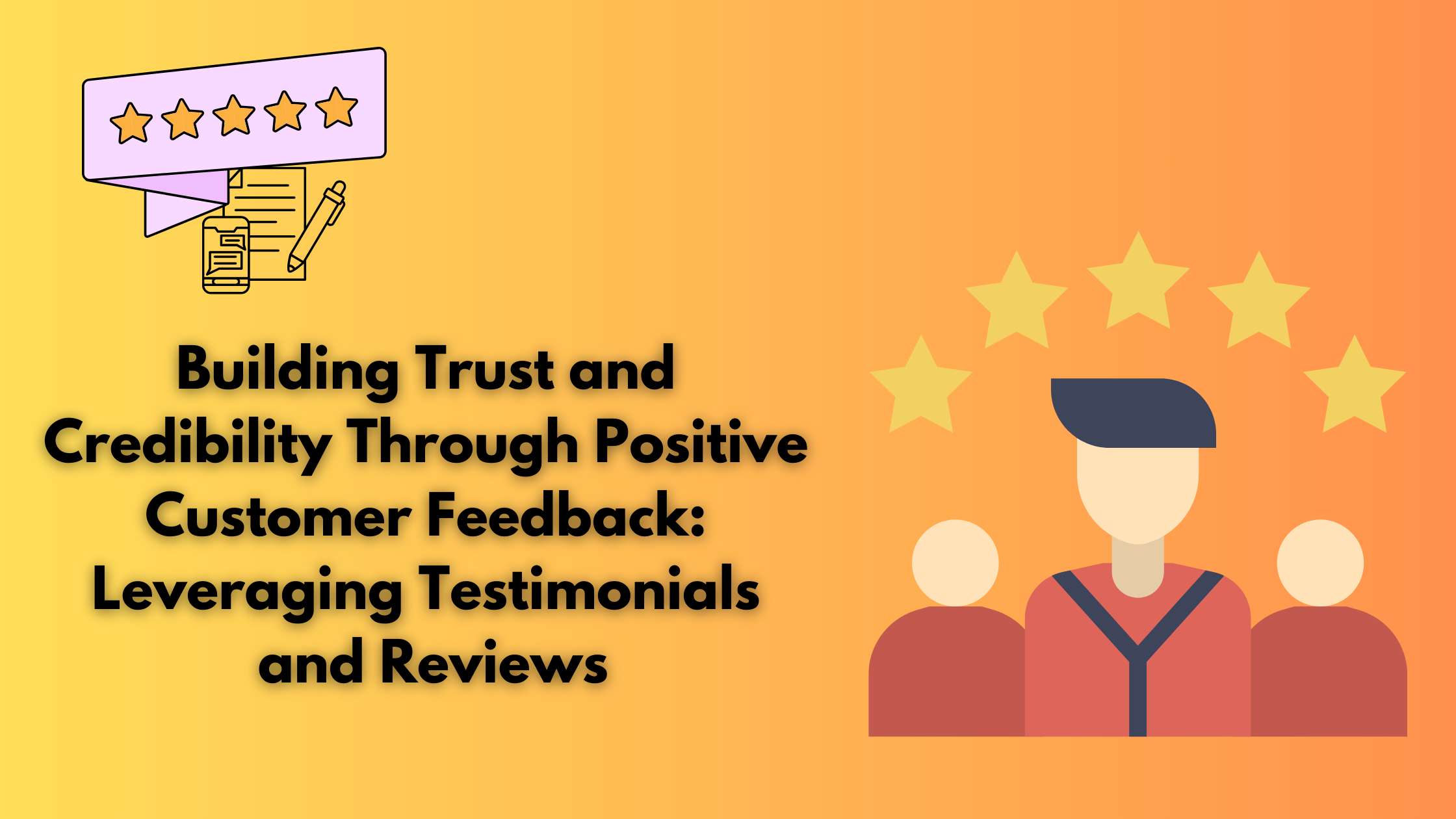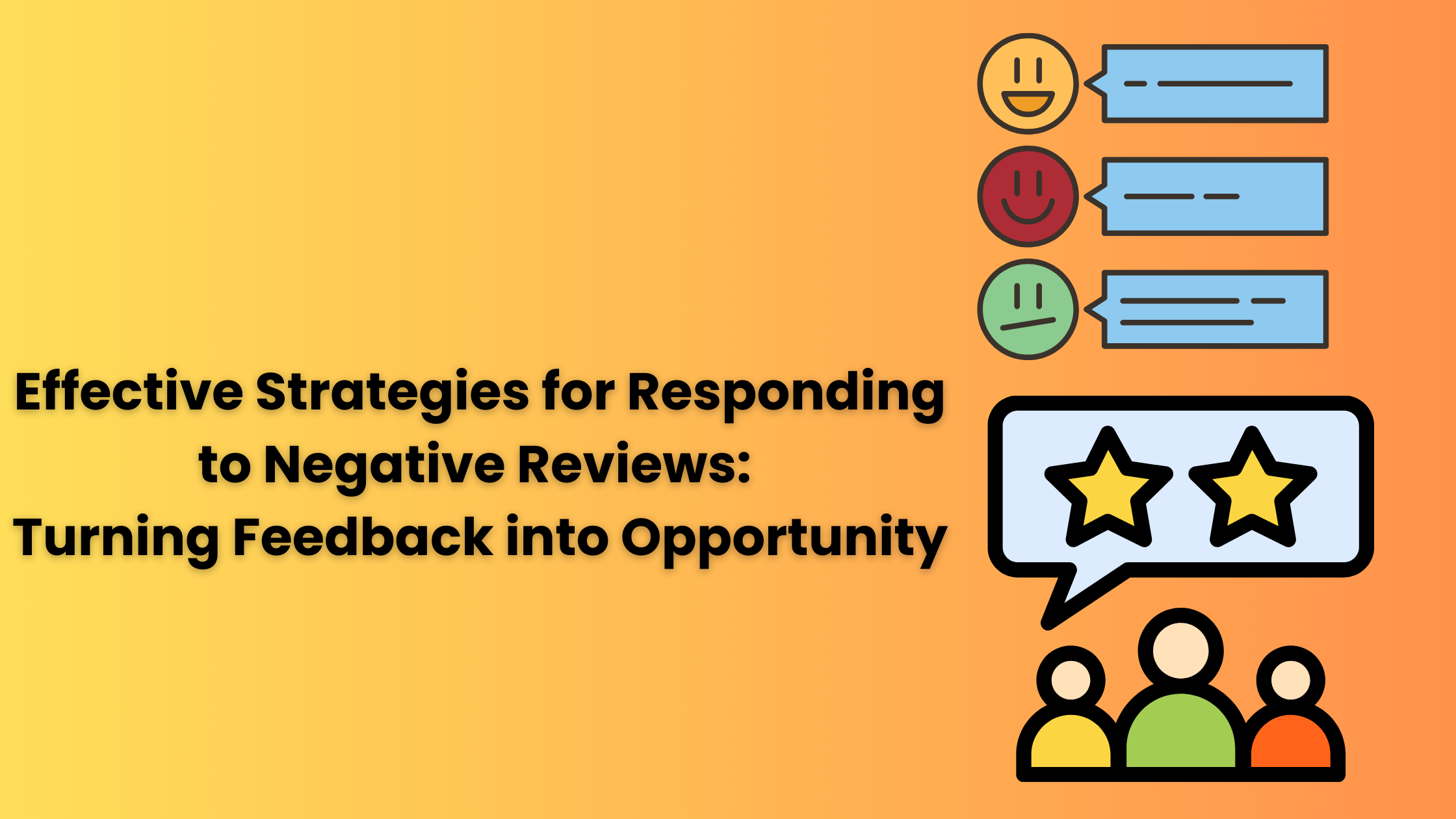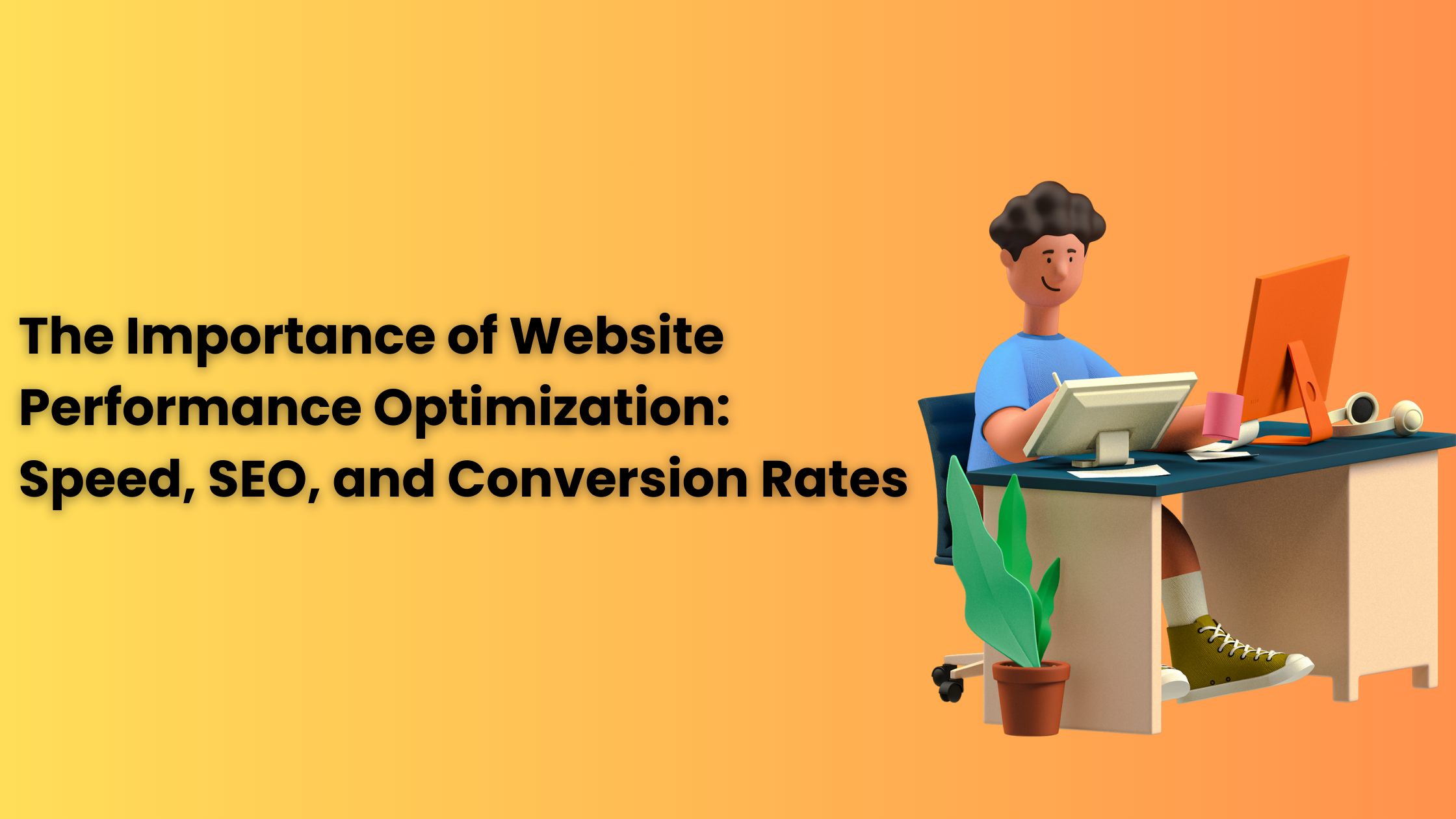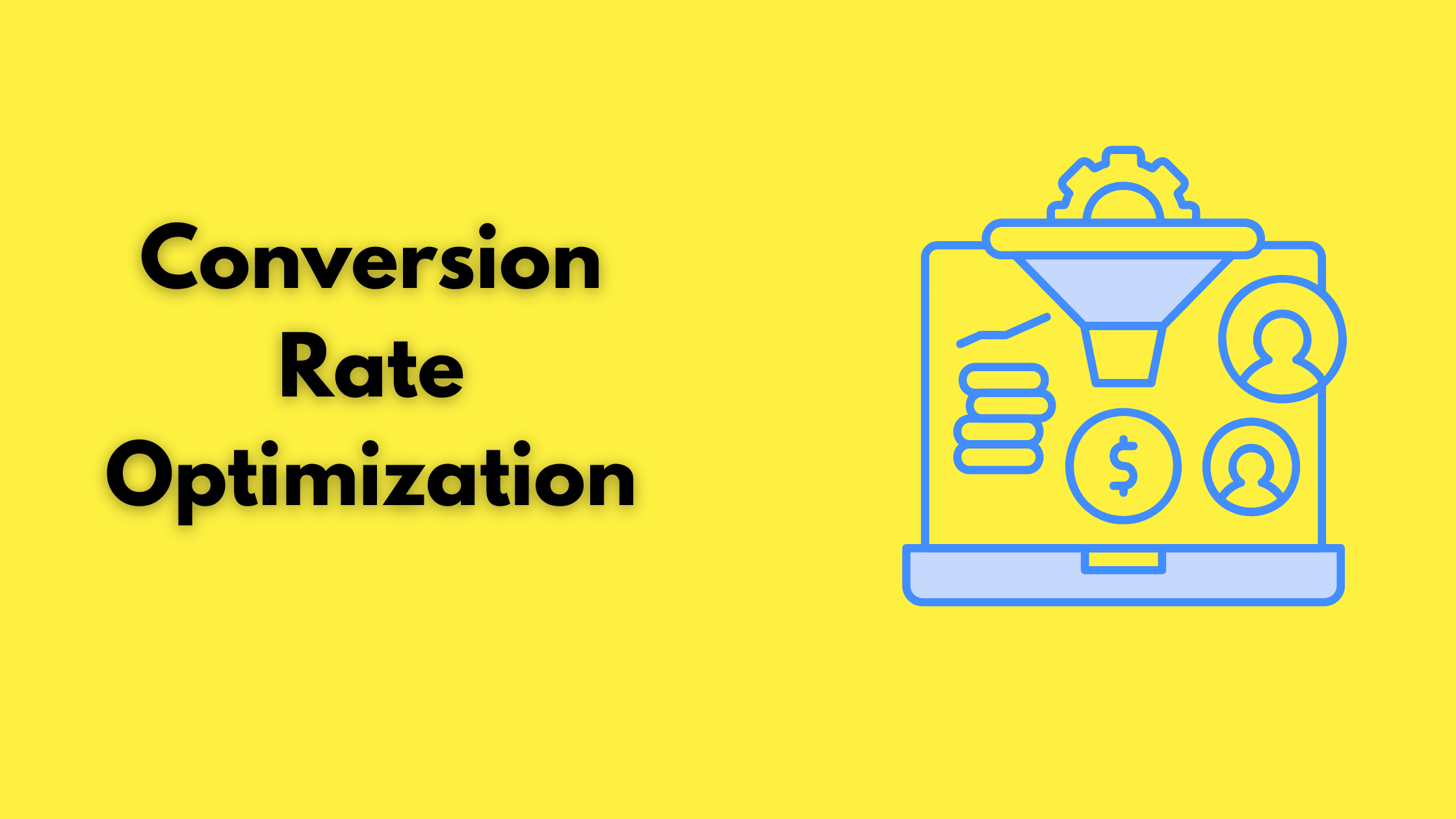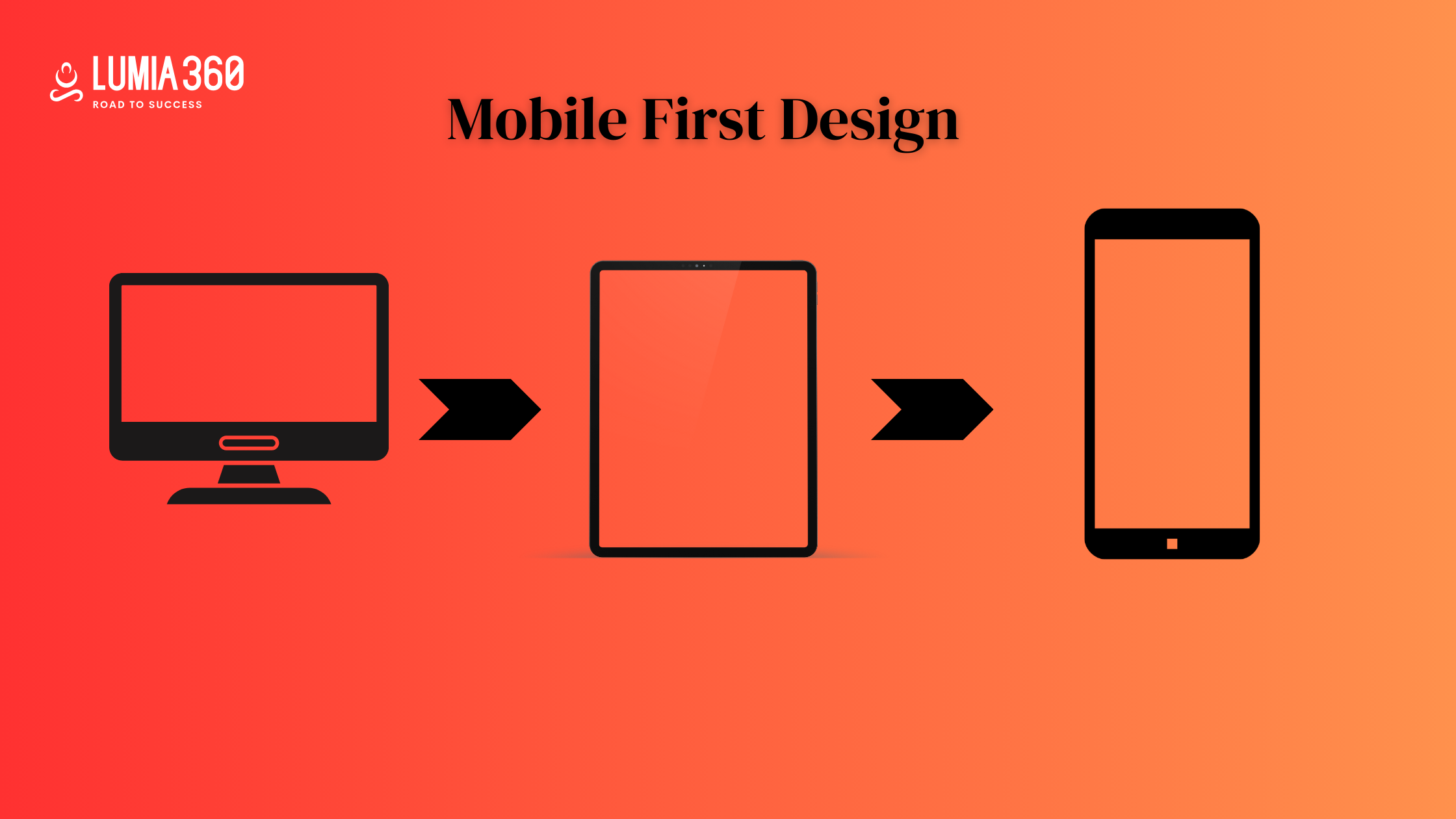
In today’s competitive digital landscape, every new day brings a new trend and a new customer choice. To remain relevant, businesses should time and again optimize and redesign their website for better performance. Website redesign provides great potential to enhance your business and marketing goals.
Your website acts as a central hub for your audience, which facilitates conversion, boosts brand awareness, and allows you to engage with your audience. It is also the main platform for publishing the organisation’s content. 94% of all first impressions are design-related, and 38% of users will stop engaging with your website if it isn’t attractive. Around 10,500 websites are created hourly, and it takes 0.5 seconds for users to form an opinion of a website. It shows how important websites are for your business.
In this article, we’ll learn why it is important to redesign your website and what lessons we learned. Also, how can you redesign your website?
Why is it important to redesign your website?
It is important to redesign your website because it enhances user experience. It helps in finding out the loopholes of your website. You can redesign your website by improving navigation and usability. It leads to high engagement and conversion rate. Redesigning helps in optimising elements for better conversion, like Call-to-Actions, or streamlining your processes.
Websites can become outdated; redesigning helps in keeping your website modern, fresh, and aligning with current trends. In recent years, mobile usage has increased; hence, redesigning ensures your website is optimized for all screen sizes. A well-structured redesign can also improve SEO elements such as page speed, boost search ranking. It helps in re-establishing your brand identity. Redesigning can also help in incorporating security and updates to protect your website.
Lessons learned from Website Redesign

Here are some of the lessons that you can learn by improving certain areas of your website
- Design: Creating a new design for your website can be time-consuming, but it really pays off well. Understand the latest trends and create a design that aligns with them. Accordingly, you create content for it and build an HTML structure. Once your content is ready with a semantic structure, you can use CSS to enhance the look and feel of your website.
- CSS Framework: Over the last few years, a lot has changed in terms of developing a website. Learn modern techniques like CSS Grid, which will help enhance your website.
- Home Page Layout: You can use SVG and set it to display: block. By combining SVG with CSS to create a header for the home page that is responsive and looks nice in dark mode.
- Dark Mode: If you want to implement something like dark mode, do it correctly from the start. Select a font that is visible in dark mode.
- Responsive Design: When you are designing a layout in Adobe XD, you must ensure that you have a responsive design plan. Mobile-first design means that your layout starts out with a mobile layout and scales up. It makes sure your mobile design is not secondary or planned at the last moment. Analyze the data and understand what device your users are using.
How to Redesign a Website?

The very first step for website redesign is research. That is internal research, research of your competitors, and of the market. You must understand your current digital presence. You must audit your blog, company videos, and other content assets. You must understand what works best for your competitors, what their strategies are, and what their weaknesses are. Additionally, conduct customer surveys to find out what works best for your business.
Once you have sufficient data, create smart goals that you want to achieve. Understand what content works well for you. Once you have understood the market and what type of content works best for you. Create engaging content that leaves a lasting impression and impact on your customers. Create wireframes to outline page structure and layout. Then develop your visual design elements such as colors, typography, etc, that align with your brand identity. Make sure your design is responsive.
With research, goals, and design in hand, you can start building your website. Taking a measured, systematic approach to development helps in reducing errors and improving the redesign. Conduct usability tests with real users to identify any real issues. Also, test for cross-browser compatibility. Thereafter, you can launch your redesigned website and track its performance of the website, and collect feedback from customers so that you can continue to update and redesign your website.
High-quality websites are unmatched in today’s time. It helps in forming the first impression of your business, acts as a core conversion tool, and lets you publish your official business content that provides solutions to customer queries. Redesigning websites over a period of time can enhance your engagement rate, awareness rate, and help in converting more prospects into leads. Lumia 360 has created high-performing websites for its clients that have increased their ranking in search engine results. By implementing our digital solution, you can get guaranteed leads. To know more about our unique solutions, contact us now and avail a special offer!
Read Also: The Benefits of Responsive Web Design
Read Also: Email Marketing Automation: How to Save Time & Boost Results





